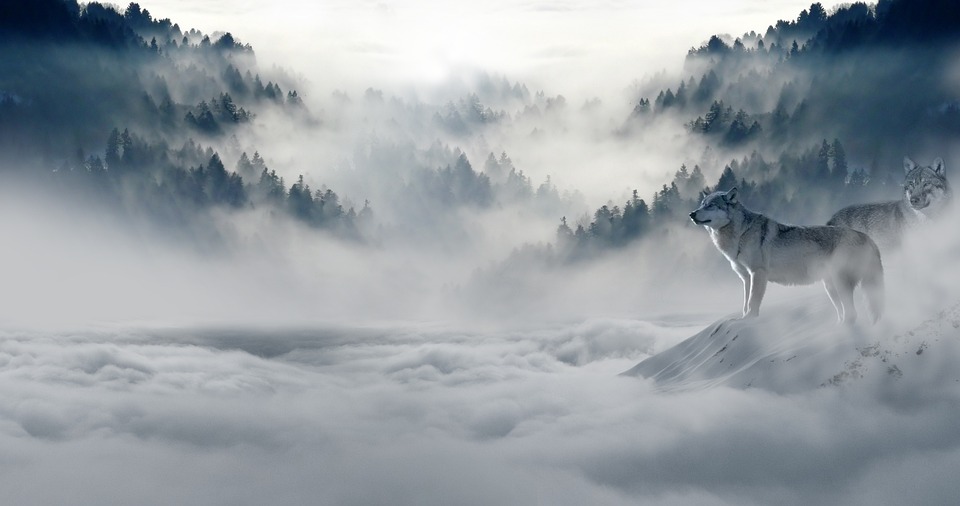The Winter Transformations of Niagara Falls
Introduction
Niagara Falls, situated on the border of Canada and the United States, is one of the most iconic natural wonders in the world. Throughout history, this majestic waterfall has captivated the awe and imagination of millions of visitors due to its breathtaking beauty and unique geological formations. While Niagara Falls is mesmerizing in any season, it undergoes fascinating transformations during winter, making it a mesmerizing spectacle that attracts tourists from around the globe.
The Formation of Niagara Falls
The origins of Niagara Falls can be traced back to the last Ice Age, approximately 12,500 years ago. As the immense glaciers retreated, they carved out the Great Lakes, including Lake Erie, which drained into Lake Ontario via the Niagara River. The mighty force of the river, combined with the varying rock formations, created a natural gorge, resulting in the formation of the falls we know today.
The Magnificent Winter Icy Spectacle
During the winter season, Niagara Falls transforms into a stunning icy spectacle that captures the imagination of all who witness it. As temperatures drop, the mist created by the roaring falls freezes, coating everything in its vicinity with a thick layer of ice crystals. The result is a surreal winter wonderland that seems straight out of a fairy tale.
The Ice Bridge
One of the most notable and unique winter transformations at Niagara Falls is the formation of the ice bridge. When conditions are right, the massive amount of frozen mist creates a solid layer of ice that extends from the shores to the center of the falls. This natural bridge draws tourists who are brave enough to walk across its frozen surface, offering a rare opportunity to experience the falls from a completely different perspective.
The Ice Formation on Rocks
As the mist freezes, it also forms intricate ice formations on the surrounding rocks, trees, and vegetation. The water splashing against the cliffs and the constant freezing and thawing creates a stunning array of icicles and ice curtains that shimmer in the sunlight. These natural ice sculptures, glittering and sparkling in various shades, add an ethereal touch to the already breathtaking scenery.
Historical Significance
The winter transformations of Niagara Falls hold significant historical importance. The ice bridge played a crucial role in the early settlement and development of the area. Native Americans and European explorers used the ice bridge as a crossing point between the two countries. In fact, it was on an icy February day in 1812 that British troops crossed the Niagara River over the ice bridge to invade and capture Fort Niagara from American forces during the War of 1812.
Modern-Day Experiences
Today, visitors flock to Niagara Falls during the winter season to witness its magnificent winter transformations firsthand. The falls offer a range of thrilling activities like ice climbing, ice fishing, and guided tours that allow visitors to explore the icy wonderland. The sights, sounds, and sensations of the frozen falls leave an indelible impression on those who venture to witness this unique spectacle.
Conclusion
The winter transformations of Niagara Falls are a testament to the ever-evolving beauty of nature. As the seasons change, the falls reveal new dimensions, captivating and inspiring all who are lucky enough to witness the icy magnificence. It is a reminder of the awe-inspiring power of nature and the enduring appeal of this remarkable natural wonder.

